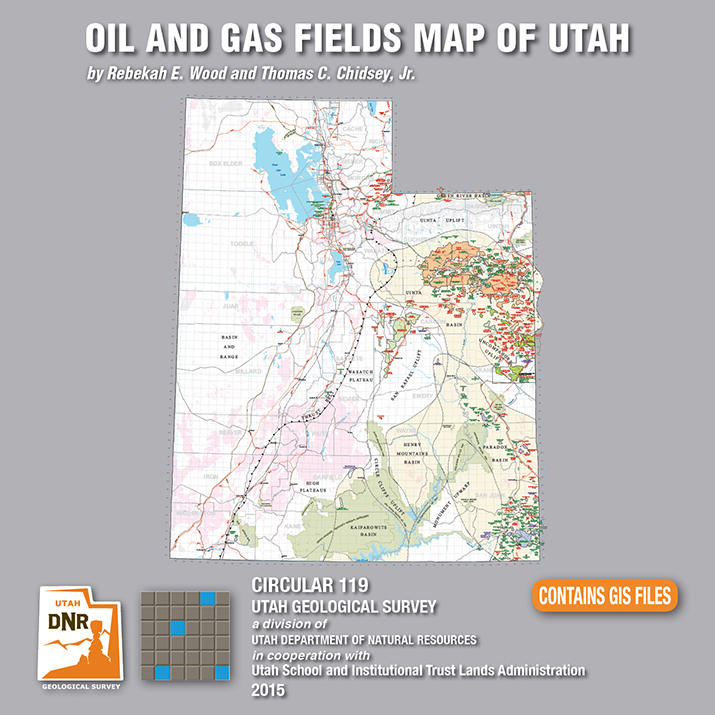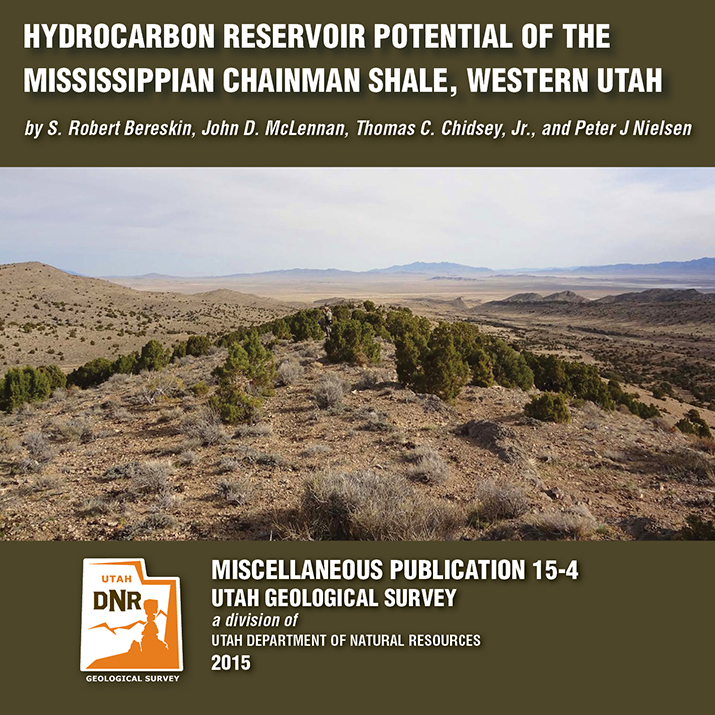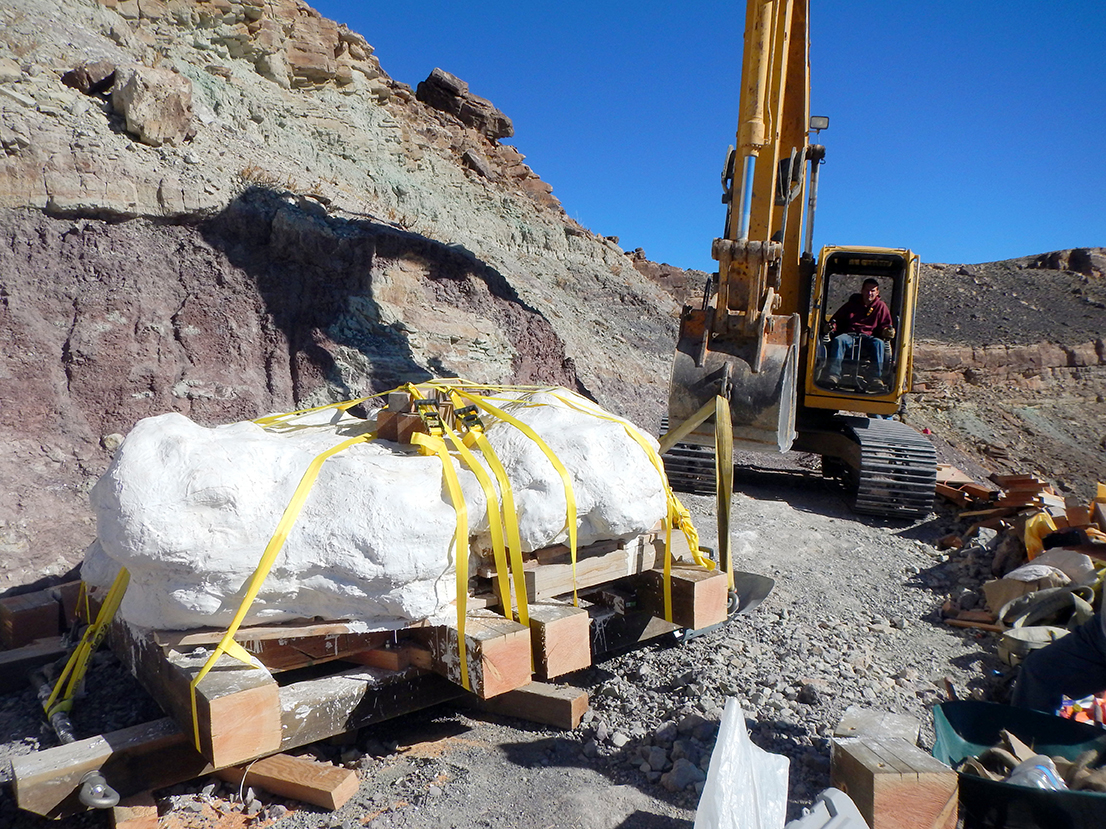
Media Contacts
Utah Geological Survey
Mark Milligan
801-537-3326
MarkMilligan@utah.gov
Utah Geological Survey
Michael D. Vanden Berg, P.G.
801-538-5419
MichaelVandenBerg@utah.gov
Utah’s Energy Landscape – 4th Edition
Energy is one of Utah’s four cornerstones for success, and the development of clean, secure, low-cost energy is one of the Governor’s top priorities. Energy use and development is a topic of great interest to many Utah residents. Energy is vital to our modern way of life, and energy education is required before citizens can engage in thoughtful dialogue. The Utah Geological Survey’s (UGS) newly updated Utah’s Energy Landscape is a booklet designed to assist Utah residents and others on becoming more familiar with Utah’s diverse energy portfolio.
Two recent events have dominated Utah’s energy scene in the past few years: 1) the collapse of crude oil prices due to a worldwide oversupply, and 2) the exponential increase in both utility-scale and residential PV (photovoltaic) solar capacity. First, Utah’s crude oil price dropped from a high of about $100 per barrel in the summer of 2014 to a low of about $30 in late 2015, with prices dipping to $20 a barrel in early 2016. Consequently, the number of drilling rigs in Utah decreased from about 23 in late 2014, down to 3 rigs in late 2015, and finally down to zero in early March 2016. Since new oil wells are not being drilled to make up for production declines at existing wells, crude oil production in the state decreased nearly 10% in 2015 and is projected to continue to decline as long as prices remain low and rigs remain idled. Similarly, natural gas prices (down 43%) and production (down 7%) have also decreased due to oversupply from the country’s prolific shale reservoirs. Second, in 2015, 166 MW of new utility-scale solar capacity was installed in southwestern Utah and nearly 680 MW is currently under construction or in development. By 2017, nearly 850 MW of new solar capacity will be online, more than wind, hydroelectric, geothermal, and biomass combined. This surge in solar was also seen in the residential sector; the total number of renewable energy tax credits filed in Utah has grown exponentially in the past 6 years, from only 153 in 2009 to 3,061 in 2015, of which 94% were for residential PV.
The state of Utah is fortunate to have abundant and diverse energy resources including large reserves of conventional fossil fuels, several areas suitable for renewable resource development, and vast quantities of untapped unconventional oil shale and oil sands resources. This publication, now in its fourth edition, provides balanced facts on each resource, including maps, graphs, helpful explanations, and photographs. For those interested in obtaining the numbers behind the graphs, each page includes a reference to available historical data located on the UGS’s Utah Energy and Mineral Statistics website.
Printed versions of this publication are available for free at the Natural Resources Map & Bookstore located at 1594 West North Temple, Salt Lake City (801-537-3320, or 1-888-UTAHMAP; geostore@utah.gov) and also at the Governor’s Office of Energy Development (OED). The publication will also be available at the OED booth at the Governor’s Utah Energy Development Summit on May 24-25, 2016. The report can also be downloaded from the UGS website at http://ugspub.nr.utah.gov/publications/circular/c-121.pdf.
The Utah Geological Survey provides timely scientific information about Utah’s geologic environment, resources and hazards.


Utah’s crude oil wellhead price hit an all-time, inflation-adjusted high of $95.31 per barrel in 2008. After a recession-related drop in 2009 and 2010, prices rebounded back into the low-$80s between 2011 and 2014 before plunging 49% to $40.69 per barrel in 2015. The value of Utah’s crude oil reached a peak of $3.2 billion in 2014 as a result of high prices and near record production, but retreated to $1.5 billion in 2015.

Due to low prices, no drill rigs were operating in Utah in early March 2016, a situation not seen in the last 50 years (2 rigs were running in April 2016). The previous low was 1 rig running for one week in March 1987. As recently as May 2012, Utah had 42 operating rigs and 22 in September of 2014.
The recent reduction was almost exclusively rigs drilling for crude oil.

The number of renewable energy tax credits processed by the State of Utah has increased exponentially in the past few years, from 153 tax credits processed in 2009 to 3,174 tax credits processed in 2015. The vast majority of these tax credits (94% in 2015) are for residential solar photovoltaic (PV) systems. Also of note, the average size (capacity) of residential solar PV systems has nearly doubled in the past 5 years from 3.3 kW in 2010 to 6.4 kW in 2015. It is thought that this increase is due to decreasing installation and equipment costs as well as a shift towards the desire to cover nearly 100% of a household’s electricity usage. Total solar capacity for the commercial and residential sector in Utah is estimated at about 55 M

As of April 2016, 166 MW of new solar generating capacity has come online in southwestern Utah. In addition, approximately 600 MW of capacity are currently under construction and roughly 80 MW of capacity are under development and should be completed by the end of the year. By 2017, Utah’s utility-scale solar capacity will total 847 MW, more than wind, geothermal, biomass, and hydroelectric combined.


























